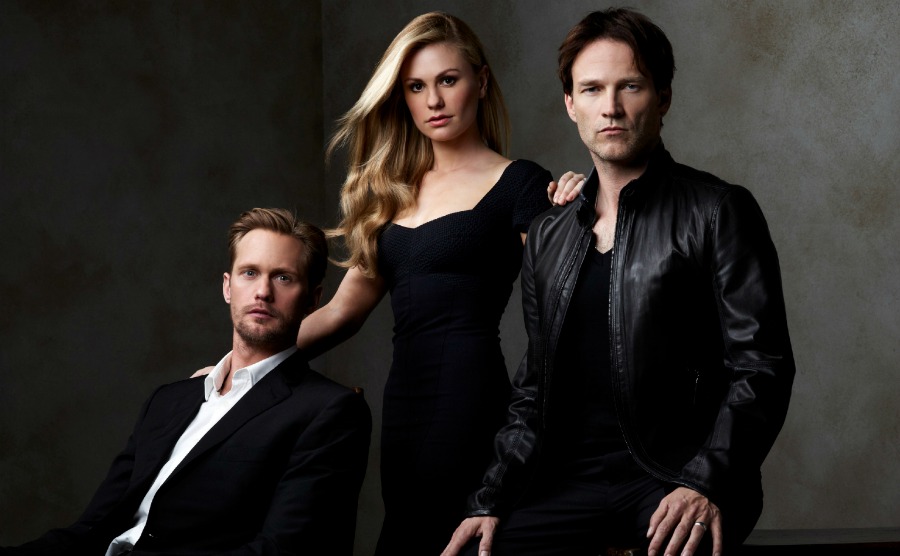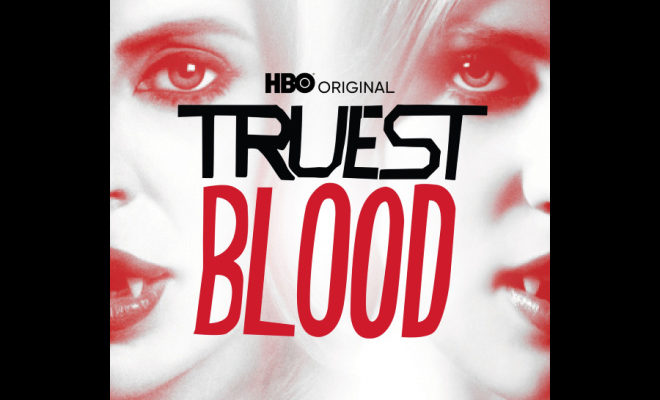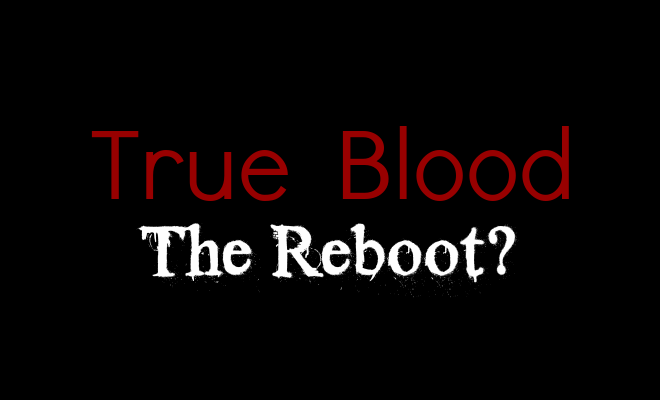Mythology: The World of Faerie
Since we are getting into Sookie’s heritage and her “other” family tree, I thought I would spend a little time delving into the world of Faerie. I have a few things on this thread already, but I thought I would get into the topic a little deeper.
Faery is a reminder of a world in which we all once lived, connected with the earth, recognized in all nature. They are the personification of the hidden aspects of the world in which we all live. They reflect our world history, and our personal daily stories, full of drama: Love, lust, hate, death, war, faith and doubt, birth, trickery, enchantment, and longing.
Humans have maintained close contact with the Fae. In their most primal, truest forms, we perceive them simply as forces of radiant light. They act as guardians and guides, godmothers and muses, and even as agents of personal change and self-growth. They are the healers and handmaids of nature, connecting us with the elements.
The Fae do their best to shield themselves from us. There only a handful of humans who see the Fae anymore. Children of course see the Fae, along with poets and artists, psychics and seers, healers and those with a strong connection to mother earth. They have the most potential of seeing the Fae than any other sort of human.
The word faerie comes to us from many places but the most popular etymological source for the word Faerie is fatum, or fate. It was thought that the fae were the children of the fates, bestowing special gifts and blessings on each child born.
The names for the Fae are as various as the cultures of man: The Gracious Ones, The Good People, The Honest People, The Darlings, The Handsome People, The Little Helpers, and The Playful People.
There are many origin stories that explain where the Fae come from. The mystery of the Fae and where they come from are a part of all cultures. Faeries do predate Christianity, but many of their origin tales are wrapped up in the Judeo-Christian folklore, same as with Vampires and Weres.
In Norse Mythology, the great magikal giant Ymir was defeated and how the maggots devouring him (and his magik) transformed into three different kinds of faerie: The Liosalfar (The Light Elves) the Dockalfar (The Dark Elves) and the Duskenalfar (The Dusky Elves). The Light Elves are the ones who inhabit the world in the light of day, they are close to the sunlight and like all good, hearty things and beings. The Dark Elves are underground and like the darkness and are interested in creating trouble, wreaking havoc and starting wars. The Dusky Elves are the most common and the ones we are most likely to see. They have characteristics of both light and dark, reflecting us the most in their behavior and practices. Like all Fae they try their best to be cloaked from view, but if we are to see the Fae, these are likely to be the ones we would likely see. There are also the Seelie (the Blessed Court) and the Unseelie (the Damned Court).
Icelandic storytellers tell an origin tale of Eve. After the first man and woman were thrown out of paradise, Eve had many children. One day she had all her children at the water’s edge, giving them a bath when the Lord God spoke to her. Terrified, as it had been some time since she last heard the voice of God, she hid the children she had washed in the surrounding bushes. “Are these all your children?” asked the Lord. “Yes,” she lied. This angered God and he cursed Eve’s hidden children: “Those you have hidden from me will remain hidden from all mankind!” They were since then known as the Huldre Folk- the Hidden People.
Some people believe that the Fae are fallen angels, some believe they are the souls of the “heathen dead”, not good enough for heaven, but not bad enough for hell. Pixies are thought of as the souls of the unbaptized
Another tale, and one I am most familiar with, says that God created many creatures in heaven and earth. In Heaven he created the angels, or course, and he also created many little creatures that simply roamed the bounds of heaven. When Lucifer and his followers rebelled against God, they broke through the gates of heaven and swep up in their wake these smaller creatures. When God sealed the gates of heaven, he said,”Let those who are out, stay out and those who are in, stay in!” Lucifer and his followers were consigned to hell, the angels to heaven and wee creatures stayed on earth and became the Fae.
Sources: The Element Encyclopedia of Magikal Creatures by John and Caitlin Matthews, Faeries and Elves by the Editors of Time/Life Books, Good Faeries/Bad Faeries by Brian Froud, Faeries by Brian Froud and Alan Lee and A Field Guide to the Little People by Nancy Arrowsmith and George Moorse






2 Comments